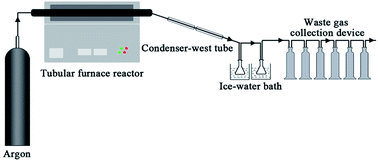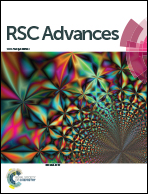Influence of a urea–formaldehyde resin adhesive on pyrolysis characteristics and volatiles emission of poplar particleboard
Abstract
To investigate the influence of urea–formaldehyde resin (UF resin) adhesive on the thermal utilization of wood waste, the pyrolysis of particleboard and its main components (poplar and UF resin) are studied in this paper. Thermogravimetric analysis combined with Fourier transform infrared spectrometry (TG-FTIR), gas chromatography coupled with mass spectrometry (GC-MS) and ultimate analysis were used to investigate the pyrolysis process and product characteristics of poplar and UF resin and particleboard. The thermogravimetric curves show that, compared to poplar and UF resin, pyrolysis of particleboard produces more char and less volatile matter. A distributed activation energy method is used to retrieve kinetic parameters from the measurements. The activation energy of particleboard is lower than that of poplar during the main pyrolysis stage. The activation energies of poplar and particleboard are 140–200 kJ mol−1, while that of UF resin is 150–300 kJ mol−1. Evolved gaseous products during the pyrolysis of poplar, such as CH4, CO, CO2, are found. N-Compounds are the main volatile products of UF resin. Moreover, N-components of particleboard are mainly produced by UF resin. The influence of UF resin on the pyrolysis liquid of particleboard is mainly on the nitrogen compounds. More nitrogenous compounds are detected in the pyrolysis liquid of particleboard, and the relative amount of nitrogenous compounds is 23.40% more than that in poplar pyrolysis liquid.


 Please wait while we load your content...
Please wait while we load your content...